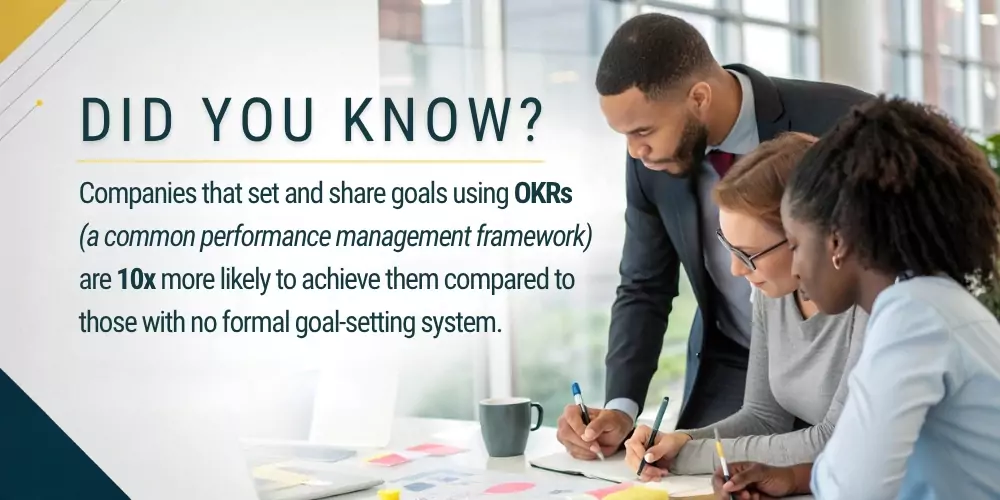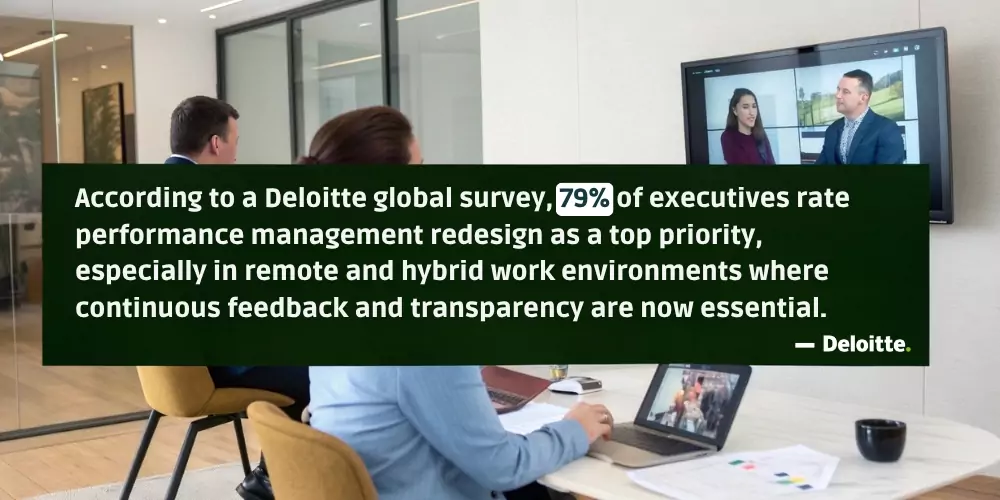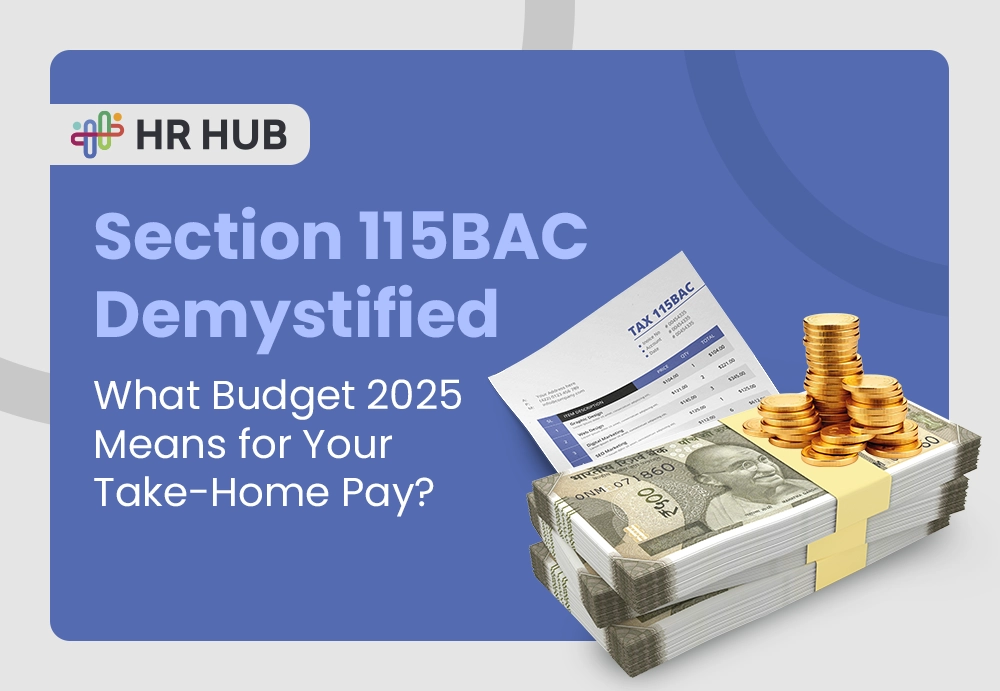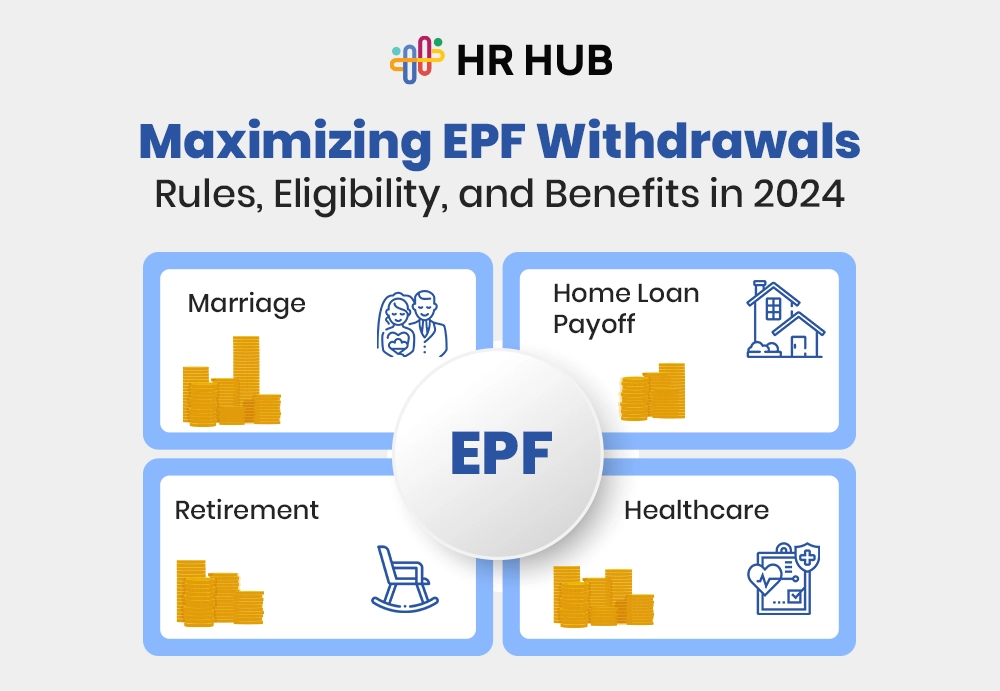Are You Measuring or Just Managing?
Let’s face it—“performance management” used to mean annual reviews, a lot of paperwork, and awkward conversations with no real outcomes. However, the workplace has changed, and so has our definition of productivity. Today’s teams are fast and flexible, and they need real-time feedback, not static forms filed away until next year.
Enter performance management software — the digital backbone that helps organizations stop managing people the old way and start empowering them to grow continuously. This isn’t about tracking KPIs in Excel. It’s about enabling every employee to become more aligned, more engaged, and more productive.
Let’s break down exactly how performance management software does this.
1. Aligning Everyone Around the Same North Star
Think of a football team where everyone’s running in different directions—some trying to score, some unsure of the strategy, and a few just waiting for the whistle. That’s what workplace productivity often looks like without goal clarity. The intention might be there, but the execution is scattered—and that’s a fast track to inefficiency.
Now, imagine that same team where everyone knows the game plan, understands their position, and is moving in sync toward one clear objective. That’s the kind of performance management software that creates a single, shared “North Star” for everyone to aim at.
How It Works:
- Most platforms utilize goal-setting frameworks, such as OKRs (Objectives and Key Results) or SMART goals (Specific, Measurable, Achievable, Relevant, and Time-bound). These tools don't just help set goals—they help create meaning behind every task.
- Employees can cascade their personal goals from team goals, which in turn stem from broader company objectives. Everyone can see how their work contributes to something larger.
- Interactive dashboards visualize goal progress. Green means on track. Yellow means attention is needed. Red? Time to intervene. This level of transparency removes guesswork from daily priorities.
- Goals can be set with milestones, deadlines, owners, and even dependencies, making the structure not only visible but also actionable.
Why It Matters:
When employees understand why they’re doing something—not just what—they take more ownership, they feel more connected to the organization’s purpose. They are more likely to innovate, collaborate, and push boundaries.
Without aligned goals, teams operate in silos, duplicating efforts or missing opportunities. With alignment, they operate like a well-rehearsed orchestra—each playing their part in harmony.

2. Turning Feedback into Fuel
In many organizations, feedback is like Wi-Fi in a basement—it seems to appear sporadically, and it isn't available when it's needed. That’s a dangerous gap when your team's growth depends on real-time learning.
Here’s the truth: without feedback, people guess. And when they guess wrong, they lose confidence, make avoidable mistakes, or worse, repeat them. Performance management software doesn’t just streamline feedback; it reshapes your company’s feedback culture.
Key Features:
- Instant feedback tools (like thumbs-ups, comments, or recognition badges), able to provide real-time praise or suggestions, during a project, not after it concludes
- Structured one-on-one templates help managers avoid generic or vague check-ins, ensuring more effective and targeted conversations. Instead, they focus on goals, blockers, progress, and emotional well-being.
- All feedback is logged and categorized, allowing patterns to emerge. An employee might discover that they consistently receive praise or recognition for problem-solving, revealing a hidden strength.
- Some platforms even offer AI-suggested feedback prompts, nudging managers to offer guidance at key moments—before it’s too late.
Why It Boosts Productivity:
Timely feedback improves performance with speed and precision. Think of it like course-correcting a rocket: even a small adjustment early on can make a huge difference in the outcome.
It also builds trust. When employees receive frequent and constructive feedback, they feel valued, not just evaluated. That emotional engagement is a powerful motivator.
3. Automating Reviews That Employees Don’t Dread
Let’s face it—performance reviews are often treated like root canals. Necessary, yes. Pleasant? Rarely. They’re either rushed, based on memory, or feel like an HR checkbox rather than a meaningful career conversation.
Performance management software flips that narrative. It turns reviews into structured, evidence-based sessions that guide employees forward, not just score them on the past.
What Changes:
- You can set up custom review cycles — not just annually, but quarterly, project-based, or even ad-hoc, depending on business needs or roles.
- Templates are tailored to job functions, so a graphic designer isn’t evaluated with the same criteria as a sales manager. This reduces bias and increases relevance.
- 360-degree feedback gathers input from colleagues, clients, and direct reports. This provides a comprehensive view of just the manager’s perspective.
- Performance history is visualized. You’re not hunting through notes or inboxes. You can see goal progress, past feedback, and previous ratings—all in one place.
The Result:
Reviews become a space for growth, not judgment. Employees walk in prepared and walk out motivated. Managers aren’t just evaluating; they’re coaching.
Even better, the software handles administrative tasks, including scheduling genuine conversations, sending reminders, administering rating scales, and generating summary reports—freeing up time for genuine conversations.
4. Data-Driven Decision Making—Not Gut Instincts
Promotions, raises, talent reviews—these are high-stakes decisions. And yet, in many companies, they’re still based on gut feelings, tenure, or who gets along with the manager. That’s not just risky—it’s unfair and unsustainable.
Performance management software replaces hunches with hard evidence.
Insights You Get:
- Performance trends reveal how an individual’s output has evolved over weeks, months, or years, highlighting periods of growth or stagnation.
- Comparative analytics allow managers to assess employees across roles or departments using consistent metrics fairly.
- Skill heatmaps reveal which competencies are being utilized, which ones require development, and where the organization may be vulnerable if key talent were to leave.
- Engagement indicators such as check-in frequency, feedback quality, and goal completion rates help detect burnout before it causes attrition.
What You Can Do:
- Make promotion and bonus decisions based on actual data—clear performance scores, improvement curves, and peer input.
- Create personalized development plans based on individual strengths, weaknesses, and trends.
- Launch team-level interventions —like redistributing workloads or assigning coaching—based on early signals, not post-mortems.
5. Connecting the Performance Dots Across the Employee Journey
Think of performance as a thread—it’s woven into every stage of the employee lifecycle. Yet, most organizations treat it like a separate process: something you do after onboarding, separate from learning, and unrelated to compensation.
Smart organizations don’t separate these pieces. They integrate them, and that’s where powerful talent management software stands out.
Where It Connects:
- Onboarding: Track how fast new hires hit their milestones. Are they meeting early goals? Do they need extra support?
- Learning & Development: Tie performance gaps to upskilling programs. If an employee is underperforming in project management, auto-assign a course or mentor.
- Compensation: Make raises and bonuses data-driven. Reward top performers, but also recognize consistent improvers.
- Succession Planning: Identify potential employees early and develop customized growth plans tailored to future business needs.
Why It Matters:
Disconnected systems lead to disjointed employee experiences. Employees don’t want five tools that don’t talk to each other. They want one system that reflects their efforts, supports their growth, and rewards their impact.

6. Making Hybrid and Global Teams Equally Productive
Let’s be honest—remote and hybrid workforces often create performance blind spots. Out of sight can lead to out of mind. And without the right tools, managers unintentionally favor those they see more often.
Performance management software levels the playing field.
Tools That Help:
- Cloud-based access lets employees check in, update goals, and receive feedback from anywhere—whether they’re in the office, at home, or halfway across the world.
- Automated review cycles ensure that no one misses a check-in simply because they’re in a different time zone.
- Geo-specific settings ensure compliance with local labor laws and customize performance frameworks for cultural relevance.
Why It’s a Game Changer:
When performance is tracked digitally and objectively, proximity bias disappears. It doesn’t matter if your star coder is in Berlin or Bengaluru—they get the same visibility, feedback, and opportunities as someone in HQ.
It also gives employees peace of mind. They know that effort will be recognized, not location.
7. Creating a Culture of Ownership, Not Supervision
Micromanagement is a productivity killer, and nobody wants to be the boss who hovers over their teams. But without a clear system, managers often have to micromanage, simply to keep track of what’s happening.
Performance management software solves this by putting the reins back into the hands of employees.
What It Enables:
- Employees can self-report progress on goals, share blockers, or request help—all within one system.
- Dashboards show real-time status updates, eliminating the need for “Just checking in…” emails.
- Gamified elements, such as progress bars, recognition points, and top contributor lists, turn performance into a visible and motivating experience.
- Managers can coach, guide, and celebrate—not just chase updates.
The Cultural Shift:
Ownership transforms team dynamics. Employees feel trusted, not monitored. They become proactive, not reactive. And instead of managers acting like performance police, they become performance partners.
Raising the Bar: Ready to Power Up Productivity?
Here’s the truth: you can’t build a high-performing team with outdated tools and fragmented systems.
Today’s productivity isn't just about hard work—it’s about smart enablement. And that’s exactly what the right performance management software delivers.
At HR HUB, we understand that performance is more than a number. It’s a journey of clarity, feedback, growth, and recognition. Our platform combines intuitive tools with a deep understanding of human potential, making performance not only measurable but also meaningful.
Whether you’re managing a startup squad or a global workforce, HR HUB’s performance tools help you:
- Align teams with crystal-clear goals
- Empower real-time feedback and coaching
- Automate review cycles with heart and logic
- Discover insights that drive decisions
Productivity isn’t a switch. It’s a system. And we’re here to help you build it—one high-performing employee at a time.






